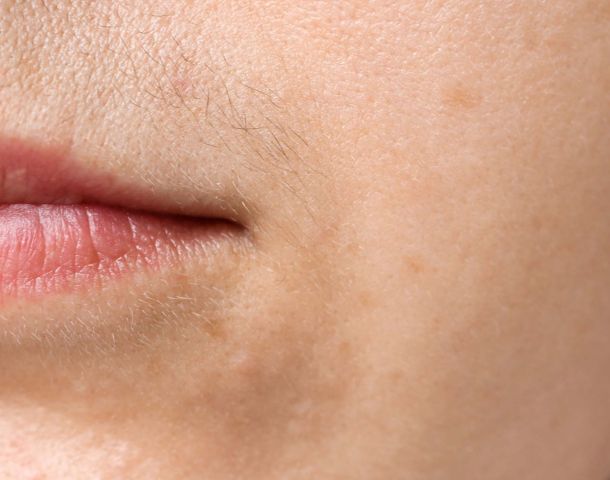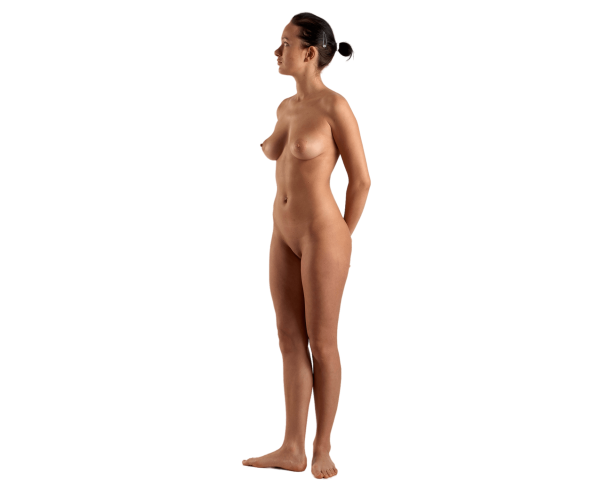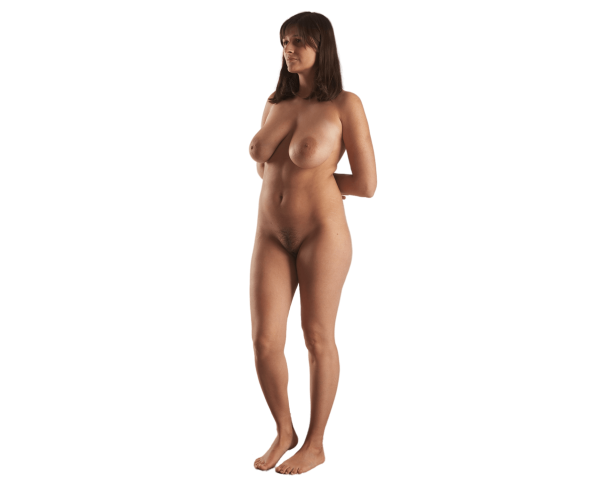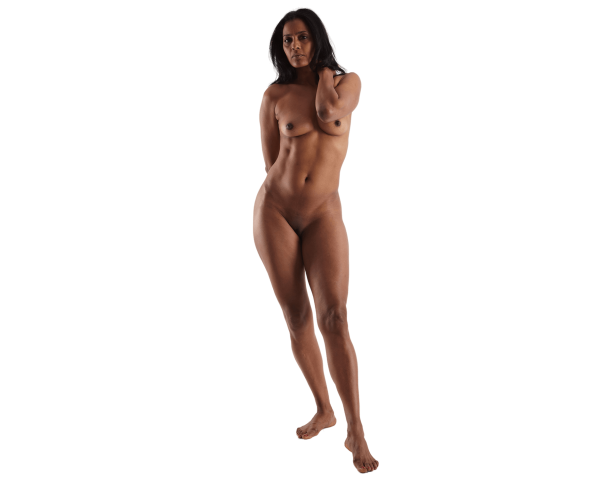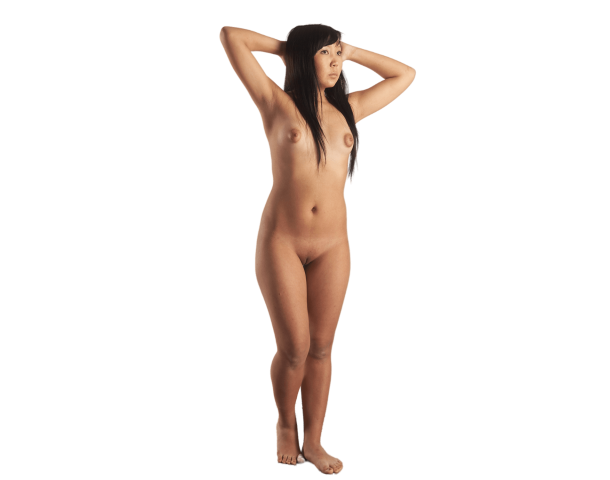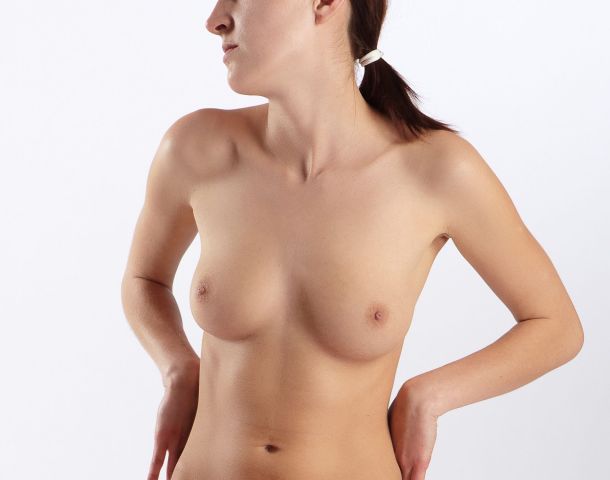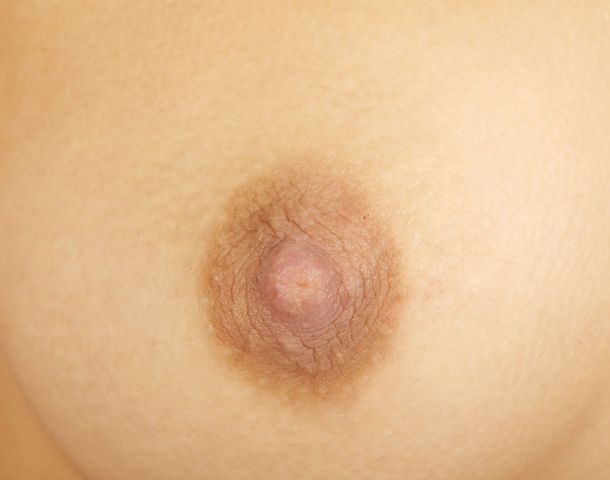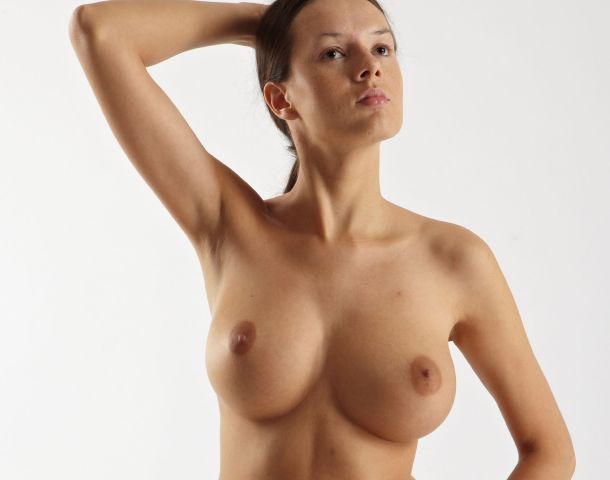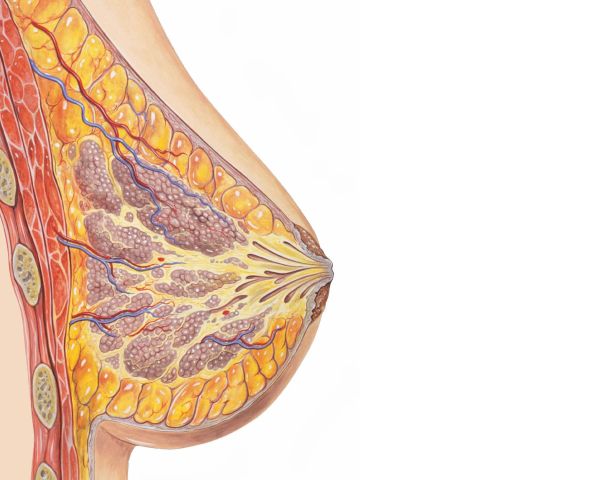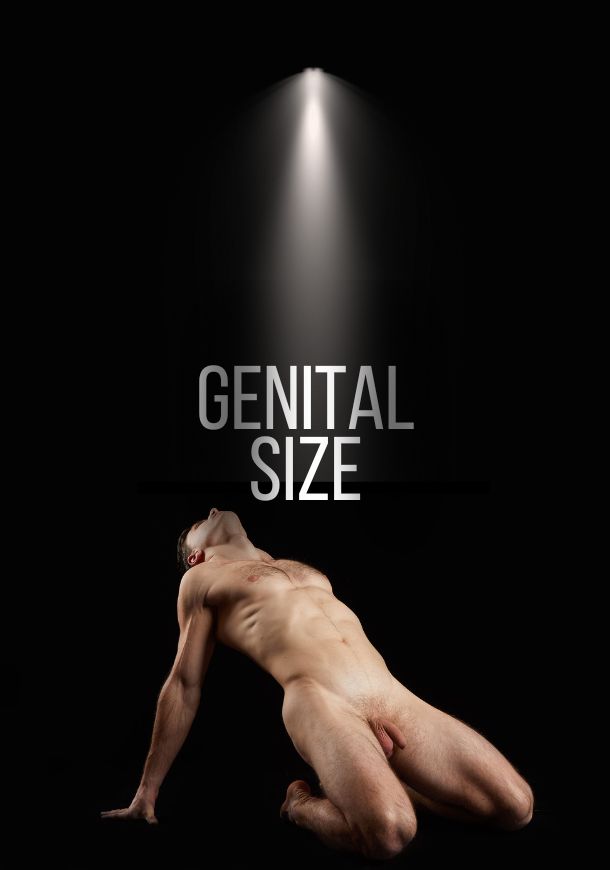Got a Mustache?
The Beauty, Perception, and Management of Facial Hair in Women
Facial hair is a natural occurrence for both men and women. However, cultural expectations and beauty norms have largely portrayed women's facial hair, particularly the growth of a mustache, as undesirable. This perception has been influenced by a multitude of factors including media, societal expectations, and the beauty industry.
